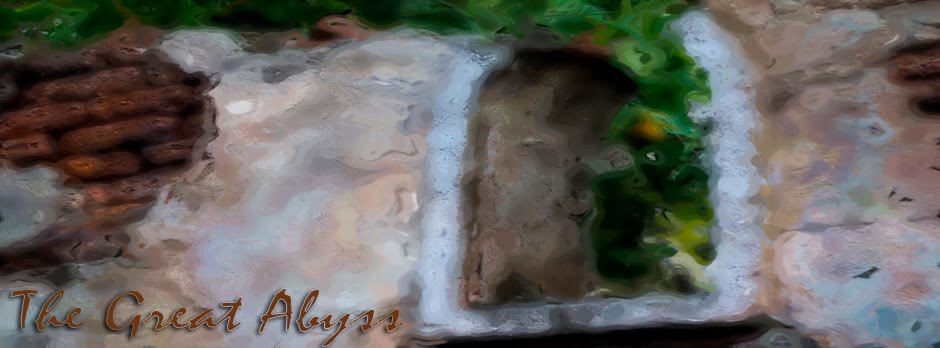Limericks
Hiakus are easy, as previously mentioned, and quick. On average, they take me about 3 minutes to write and would take me less time but I triple-check my syllables.
This past weekend, Chris mentioned I should try my hand at limericks, which are still on the easy side of poetry but aren't as simple as haikus. I think this suggestions stems from the fact that she does not like haikus and probably doesn't want to read too many of them on my blog.
So according to Wikipedia:
"The standard form of a limerick is a stanza of five lines, with the first, second and fifth having eight or nine syllables and rhyming with one another, and the third and fourth having five or six and rhyming separately. Lines are usually written in the anapaestic meter, but can also be amphibrachic."
Since I really only a couple meters and neither of those mentioned ring a bell, "an anapaest or anapest, also called antidactylus, is a metrical foot used in formal poetry. In classical quantitative meters it consists of two short syllables followed by a long one". And "an amphibrach is a metrical foot used in Latin and Greek prosody. It consists of a long syllable between two short syllables".
An example of a limerick, again from Wikipedia, is:
In space that is quite economical,
But the good ones I've seen
So seldom are clean,
And the clean ones so seldom are comical."







1 comments:
Meter:
Feet--A unit of meter, a single grouping of syllables, each syllable noted by stress (/ is stressed, - is unstressed). Meter and then usually described by the number of feet in a line and the type of feet used. Like the one everyone knows Iambic Pentameter has 5 (penta)feet and those feet are iamb feet, which is two syllables, unstressed then stressed ( / - ). More complex meters with different groupings of feet has special names as well. Yea, I think this should be taught better in high school, I know it is touched on, but I only really got a handle on it this past year.
Post a Comment